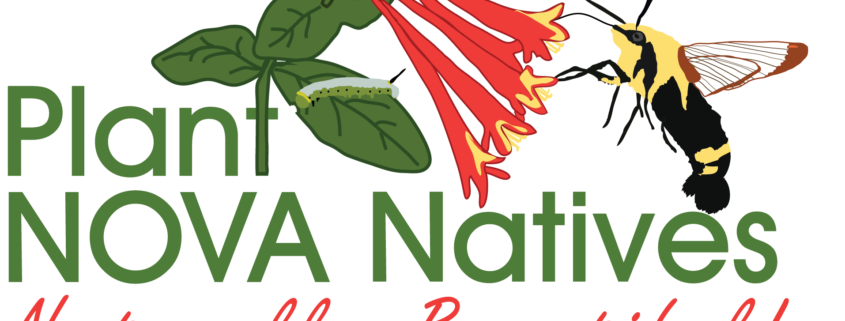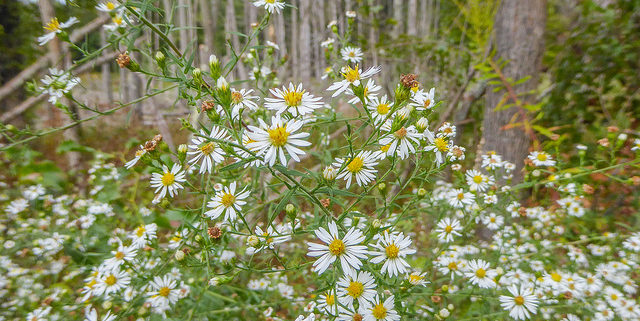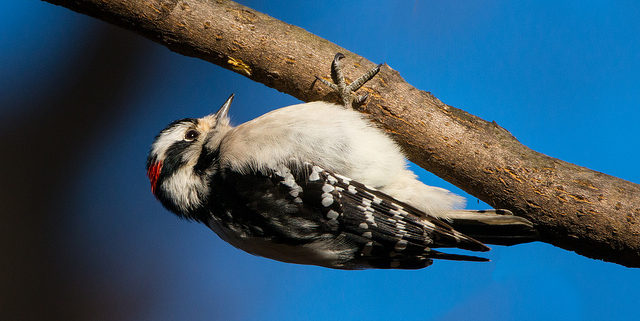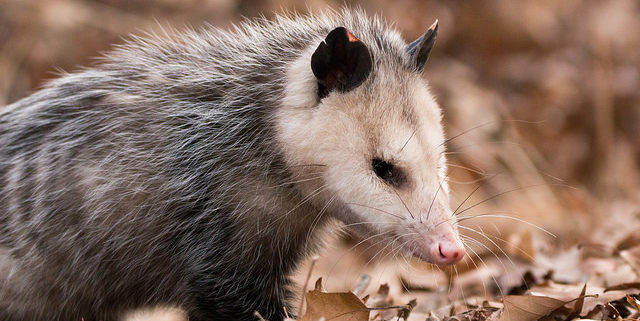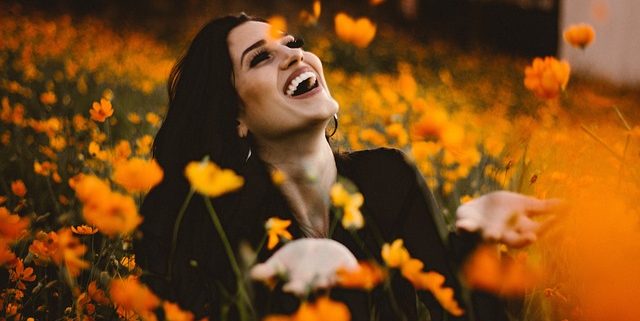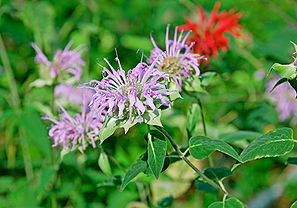Photo: Barbara J. Saffir (c)
Sunday, November 11, 2018
1 – 4 PM
Green Spring Gardens
4603 Green Spring Road
Alexandria, VA 22312
Everything wonderful from the print version of Flora of Virginia can now fit in your pocket and make you feel like a pro in the woods. The app, for Android and iOS devices, features an easy-to-use Graphic Key, in addition to the traditional dichotomous keys. Species descriptions include photographs, and many include a botanical illustration.
Marion Blois Lobstein is Professor Emeritus of NVCC, where she taught botany, general biology, microbiology, and other courses over her thirty-seven-year teaching career. For many years she conducted tours and taught classes for the Smithsonian Resident Associates Program. Her academic degrees Include a BSEd (Biology) from W. Carolina Univ., MAT from UNC-Chapel Hill, and MS in Biology from George Mason Univ. She is co-author of Finding Wildflowers in the Washington-Baltimore Area. Marion serves on the Board of Directors of the Foundation of the Flora of Virginia Project and is a former Board Member of the Foundation of the State Arboretum. Marion is a founding and active member of the Virginia Native Plant Society.
Virginia Native Plant Society programs are free and open to the public. Prior to the talk, VPNS will conduct the business of their annual meeting, voting for chapter officers and approving the 2019 budget.


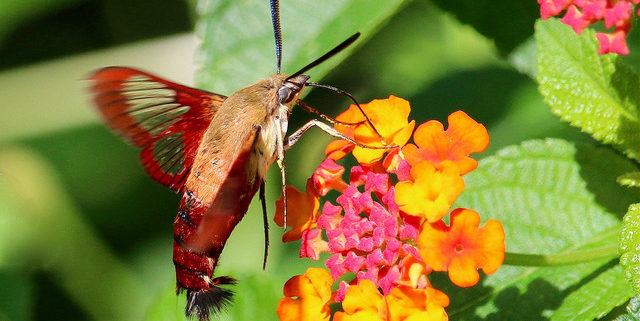

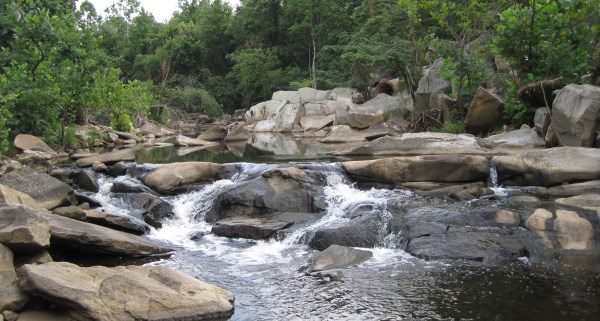

 Please
Please 